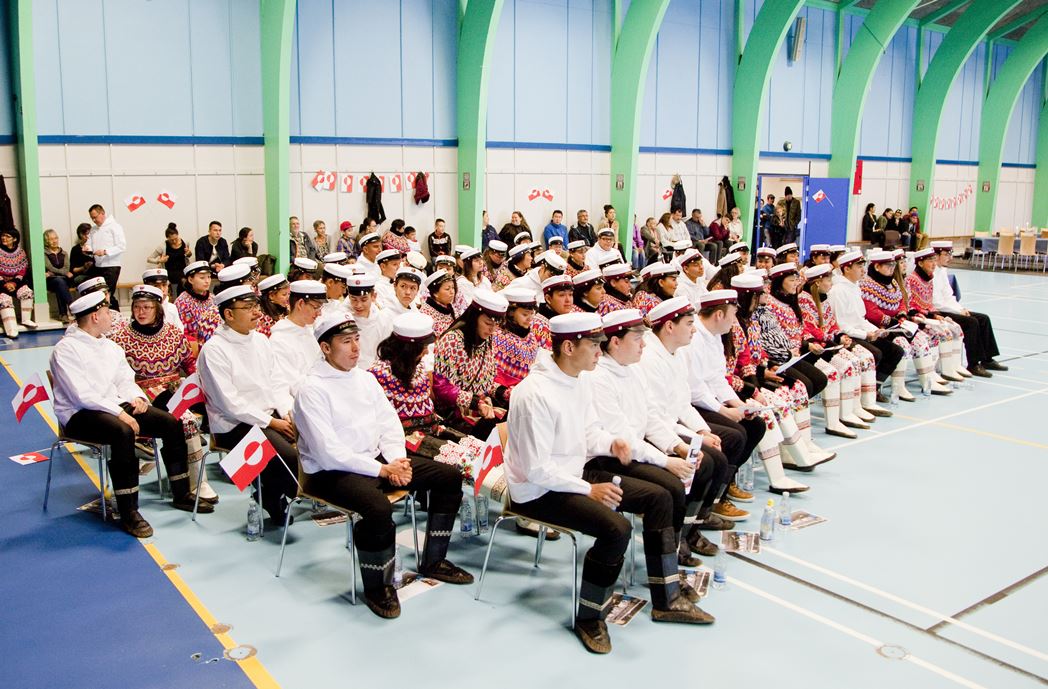For Greenlandic students in Denmark, making it easier to make the grade
Greenland is responsible for educating its own residents. It is hoping that it can make the task of stopping the high drop-out rate among the students it sends to Denmark into a group project.

There are 600 Greenlandic students enrolled at Danish post-secondary educational institutions. Statistically, 150 of them will drop out this year, a rate that’s twice as high as for Danish students. Distance from home, cultural differences and, not least, studying in Danish — a language many of them do not speak natively — add an extra degree of difficulty to their studies.
Lawmakers in Greenland admit that, when it comes to academics, responsibility for fixing the situation is chiefly in their hands: Primary education was devolved to Nuuk in 1980.
The linguistic shortcomings are also their doing. Schools have gradually incorporated more Greenlandic, to the point where, today, it is the primarily language of instruction during the early years of school. Danish is still required, but perhaps not for long: There is a movement to make English the first foreign language children learn.
For many, the spread of Greenlandic is a source of pride, while the argument in favor of teaching English first is that it is vastly more useful abroad than Danish. But for those seeking an academic-oriented education after primary school, Danish is remains vital: In gymnasium, a university-preparatory school, it is the primary language of instruction. Higher education in Denmark, which people in Greenland, who are Danish citizens, can attend for free, is mostly in Danish. Some advanced degrees are available in English, but the types of professionals Greenland needs most severely — lawyers, doctors and the like — all require solid Danish skills.
[Young Greenlanders are in no rush for their country to gain its independence]
Who is responsible for helping Greenlandic students once they arrive in Denmark? Greenlandic organizations in Denmark already provide some help, as does the Danish state by lowering acceptance requirements for Greenlandic students. And some local authorities give Greenlandic applicants for student housing priority over others. Most recently, a Danish university received funding for a project that will provide different forms of counselling to 14 Greenlandic students and identify which methods help them settle in best.
Aaja Chemnitz Larsen, one of Greenland’s two representatives in the national assembly, believes lawmakers in Copenhagen should consider whether more can be done to bring down the drop-out rate.
“When we know that Greenlandic students have such a hard time, it seems to me that we need political action,” she told the ministers of education and higher education on Tuesday during a meeting of the assembly’s Greenland Committee.
[The Kingdom of Denmark – A working relationship]
Tommy Ahlers, the higher-education minister, is open to doing more, but would like to see further studies of what the biggest problems are, and what would help most. More counselling after students arrive in Denmark is one option, but he would rather help them before they leave home.
“It’s not a problem of academics,” he said. “There are other problems that I think can be addressed through study preparation, so that when they start their studies they are on an equal footing with other students.”
This could have the added benefit of raising education levels across the board, by helping those who remain at home to study in Greenlandic or learn a skill, not just those who need Danish to study books, according to Larsen.
“I wish sometimes that we would talk as much about education as we do independence,” she said. “Because, in a lot of, ways education is independence.”
If they free their minds, their country may just follow.